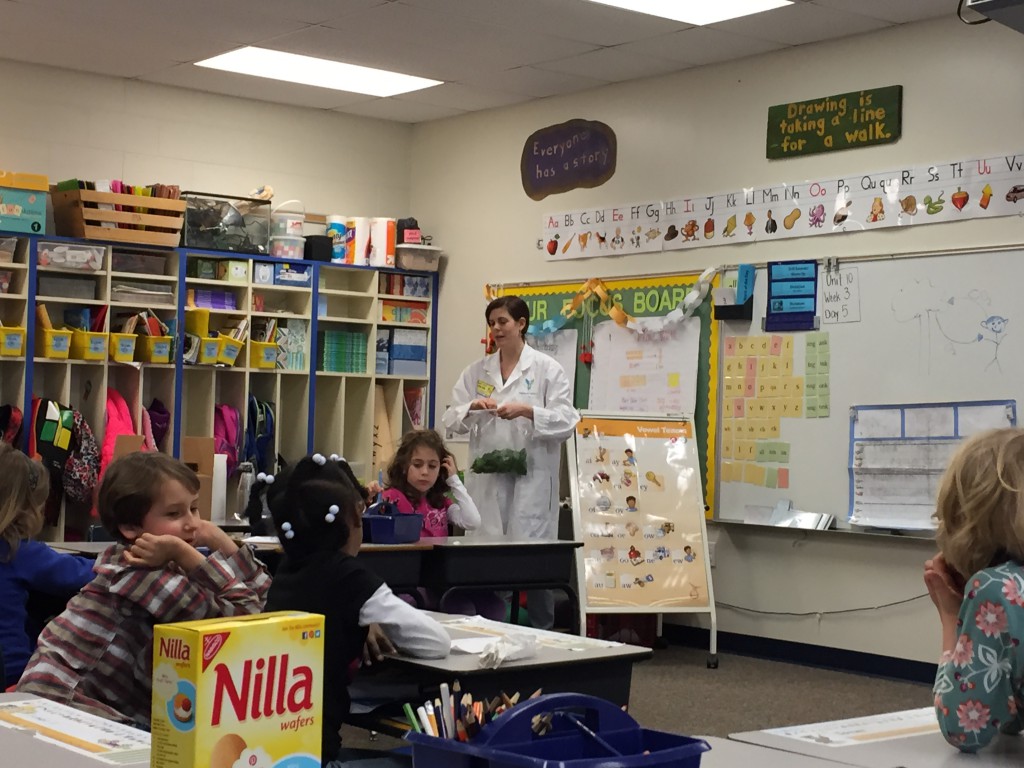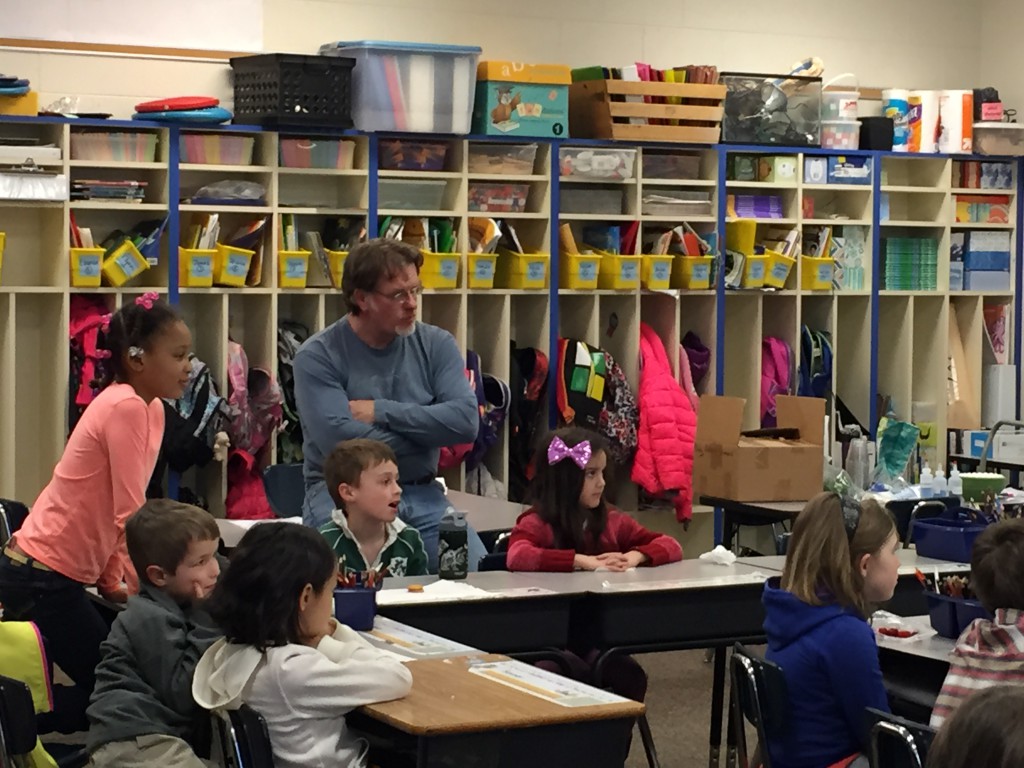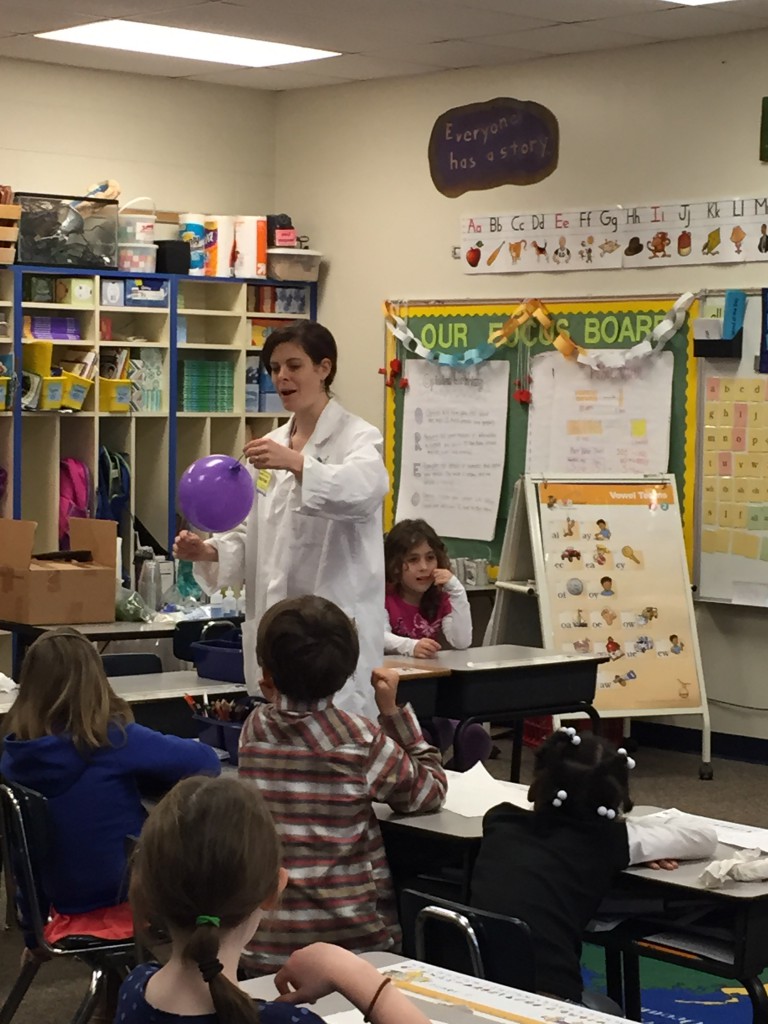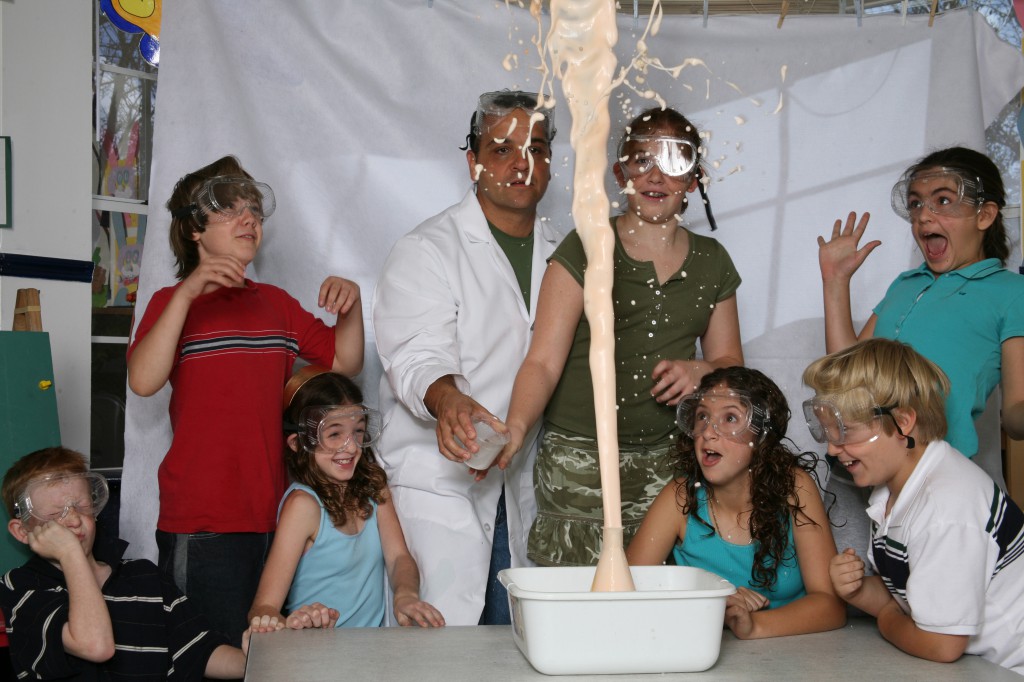
Get to know your teacher!
Have students conduct a claim, evidence, and reasoning investigation about you. This is a great way for students to get to know you right off the bat and organically get to know one another. Before the students arrive, collect some of your personal belongings (car keys, coffee cup, photographs, hobby supplies, etc), sort them into bins, and place them around the room. Once the students arrive, place them in groups and have them collect observations about the items and record those observations as evidence. Next, the students will make claims about you based on that evidence. Finally, they will have to provide their reasoning for those claims.
Create a human sundial

A sundial works because as the Earth rotates, the sun appears to move across the sky. This marks the passage of the day. A sundial can be used to measure the passage of time. A sundial is made up a vertical object, or “gnomon,” and a flat surface, the “dial.” The length of the shadow is determined by the position of the sun on the horizon, the higher the sun, the shorter the shadow.
Group your students into pairs or small groups. Find a spot outdoors that receives sun all day long. Mark a spot where the student will stand. Trace their shadow with chalk. Return outdoors every hour, have the student stand in the same spot, and have the other students trace their shadow again. Bonus points if you have a compass. The sundial can be oriented so the 12th hour faces North.
Make a kaleidoscope
Materials
- Empty toilet paper or paper towel roll tube
- Construction paper
- Hot glue gun and hot glue
- Mylar coated cardstock
- Transparent plastic
- Tape
- Clear, colored beads
Instructions
- Decorate the outside of the paper tube, if desired.
- Cut the mylar cardstock into a rectangle an inch shorter than the toilet paper tube.
- Fold the mylar cardstock into a triangle shape, with the mylar on the inside. You want the triangle to fit snugly inside the cardboard tube.
- Slide the triangle into the tube. One end should be flush against the edge of the tube. The other end should end approximately one inch before the end of the tube.

- Cut two circles out of the transparent plastic, one so that it fits just inside the tube. The other, so that it fits over the diameter of the tube
- Slide the smaller circle into the tube, up against the triangle. Secure the circle with hot glue applied around the edge
- Insert beads into the end of the tube on the side with the clear circle triangle.
- Tape the second piece of plastic down onto the end of the tube, trapping the beads in the gap.
- Cut a circle of construction paper a little bit larger than the diameter of the tube.
- Cut a small peephole in the the center of the circle.
- Tape the construction paper over the end of the tube opposite from the side with the clear plastic and beads.
- Look through the kaleidoscope. Rotate and see what happens!














